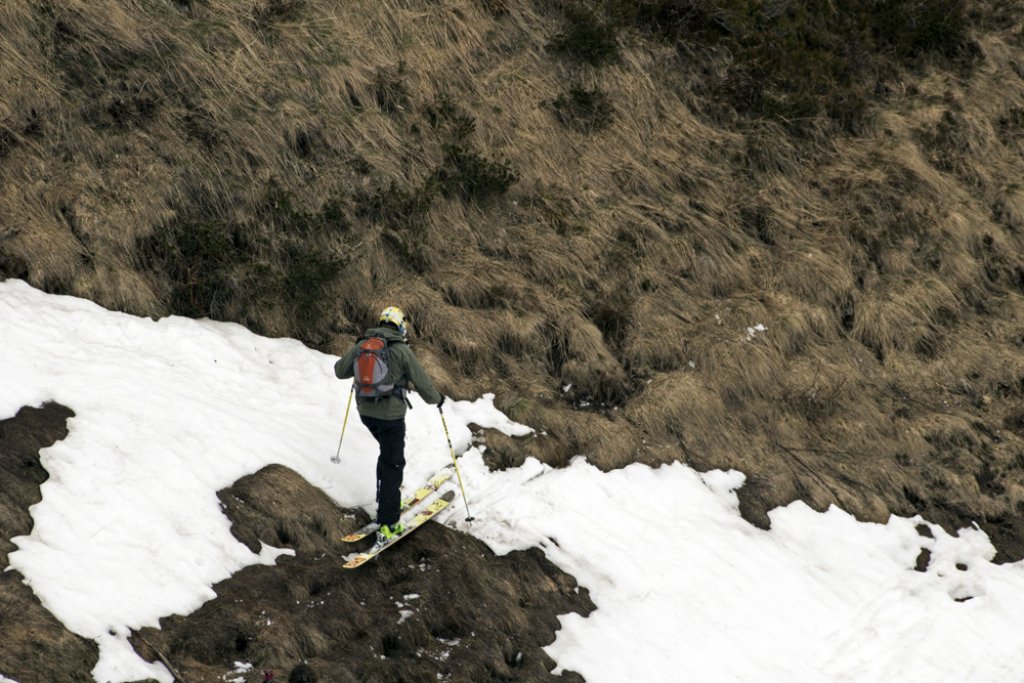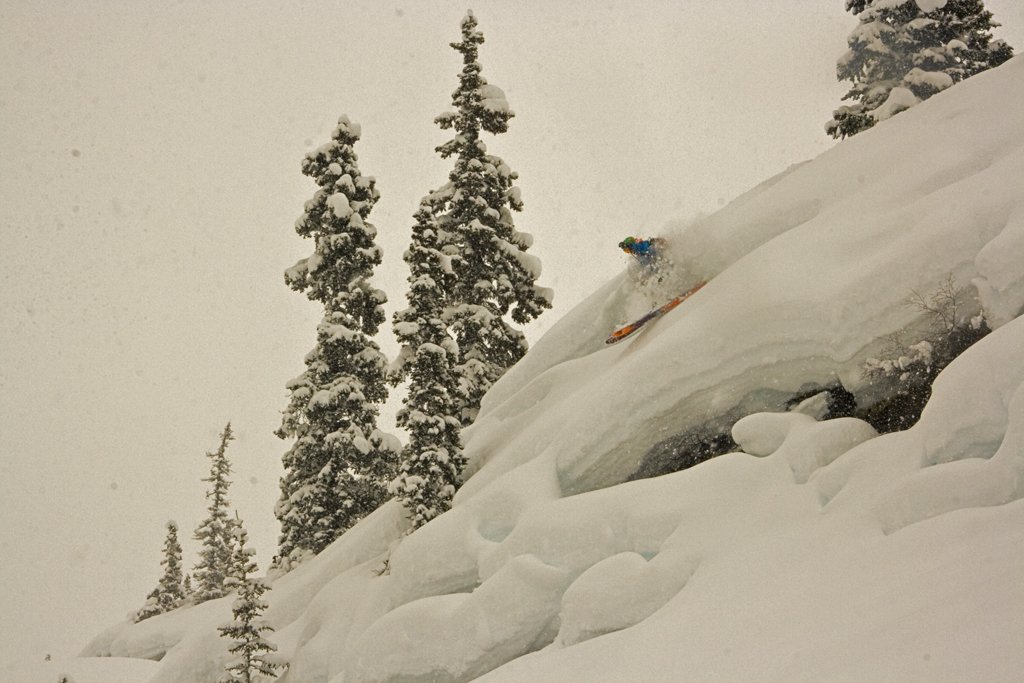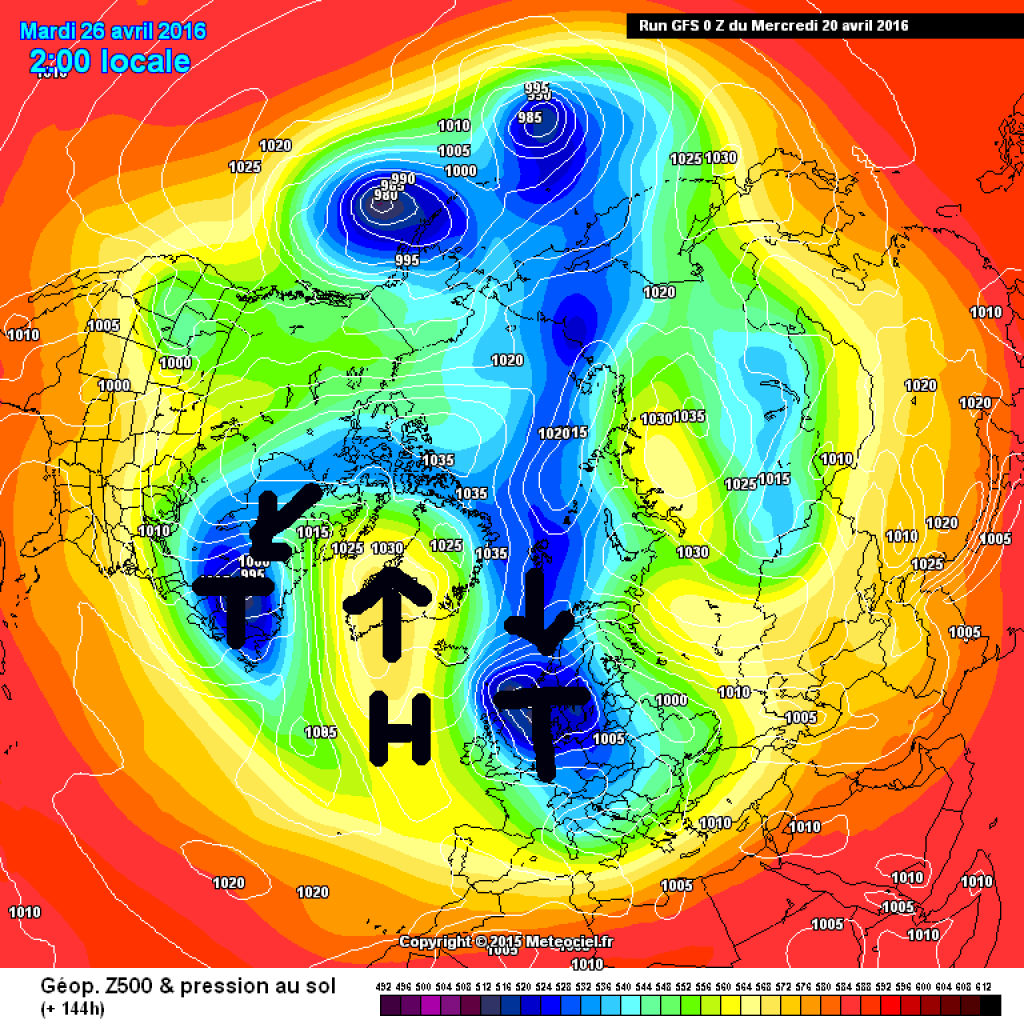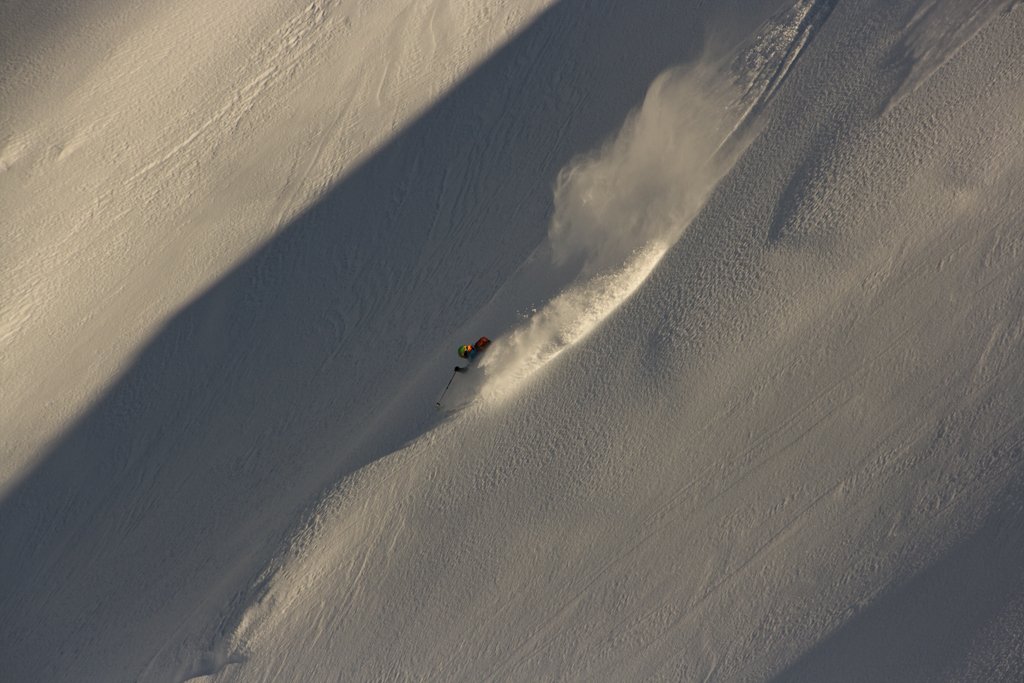Current situation and outlook
Late cold spells in April are nothing unusual. Often, the late winter spookiness has already disappeared before you even really notice it, just like the proverbial April weather. The current situation is relatively persistent and the snow at very low altitudes in particular is quite remarkable (a brief blanket of snow in Schleswig-Holstein, for example). Anyone thinking: "It's never been this cold at the end of April!" should be reminded that it is not just since last winter that we have often been dealing with temperatures that are significantly above the long-term average. This can distort our perception when it suddenly gets a bit colder.
Last night, a cold front in the Alps brought considerable amounts of fresh snow, with the focus of the precipitation shifting from northwest to southeast during the course of the day (a small Adriatic low is still involved here, so it will be exciting again today in the Julian Alps and neighboring areas) and it will clear up increasingly from the west. The weather-determining low pressure system with its core in the area of Denmark will slowly shift towards Sweden and its influence on the Alps will decrease accordingly over the next few days. After a probably partly clear and therefore very cold (possibly bring in balcony plants!) night on Thursday, it will become milder, but will remain rather unsettled and prone to showers, at least on the northern slopes of the Alps. On Friday, the flow will turn SW and it will be reasonably sunny with little wind. Saturday looks similar, while the next cold front is forecast for Sunday, albeit with slightly higher temperatures. So the changeable weather will continue for the time being, but temperatures will slowly rise again.




